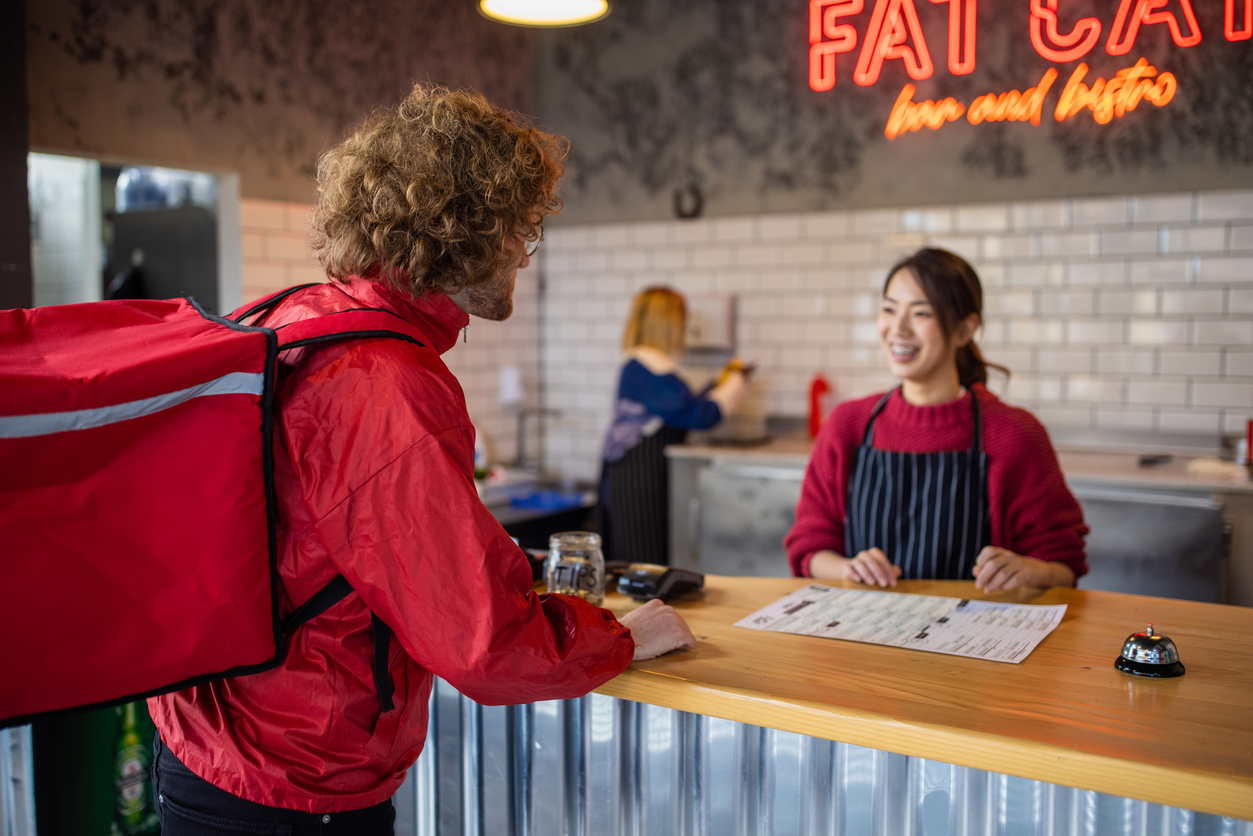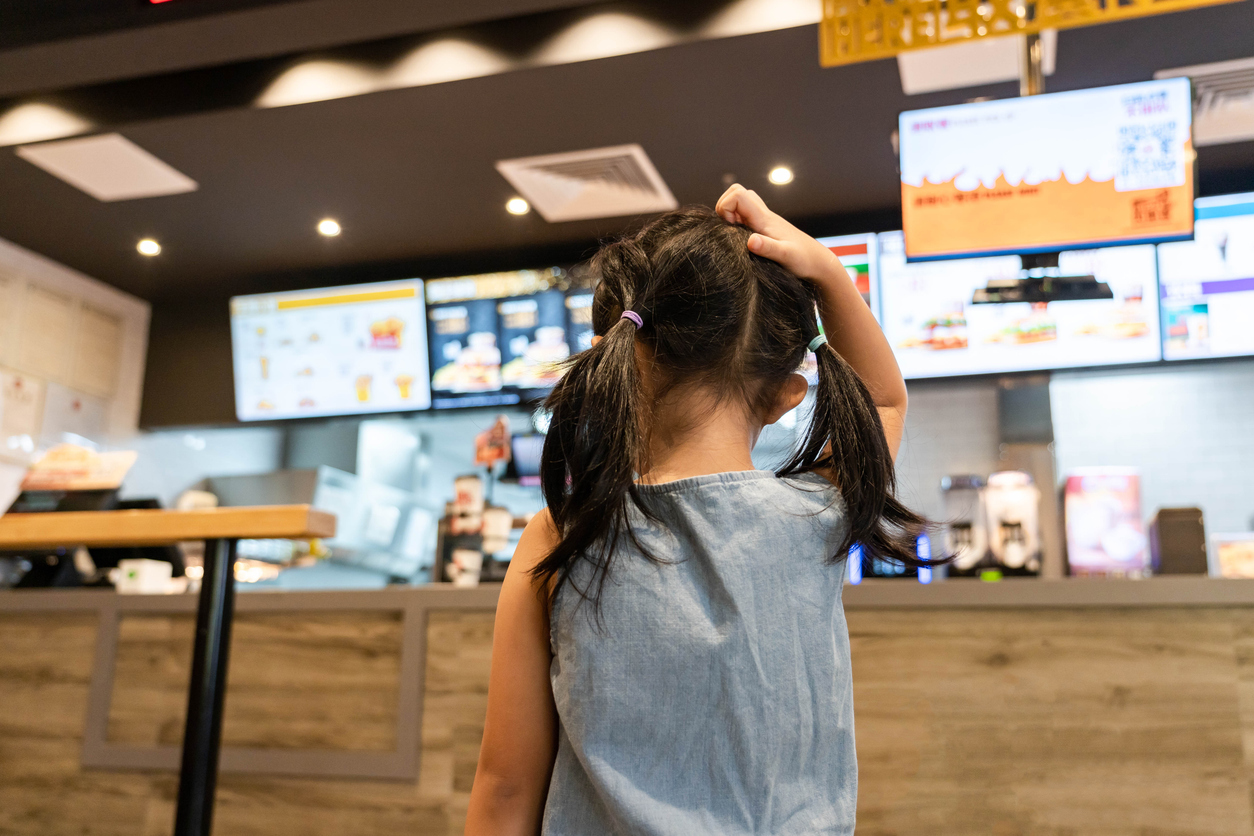For restaurants, the menu is crucial to driving sales and creating a positive customer experience. Restaurant owners must consider how their menu is presented online, as many customers turn to the internet before deciding where to eat. If you're grappling with your menu layout or seeking fresh ideas to enhance your brand, optimizing your menu can drive sales and satisfy customers. This article will outline some of the key strategies, from pricing to design and overall presentation, that can help.
What Is Menu Optimization?
Menu optimization involves strategically designing a restaurant menu to leave a lasting impression on customers and drive profits. It's not just about listing dishes; it's about creating a selection that entices diners, guides their choices, and boosts sales. The key goals are attracting more customers with appealing offerings, influencing their selections with menu layout and descriptions, upselling to increase order sizes, and creating a memorable dining experience. In today's competitive restaurant industry, where customer expectations are high, menu optimization is essential for restaurants to thrive and stand out.
Benefits Of Menu Optimization
By fine-tuning menu offerings and presentation, restaurants can attract more customers and boost profitability while providing an exceptional dining experience. Other benefits of menu optimization include:
Increased Revenue And Profitability
Menu optimization is a potent tool for driving up restaurant revenue and profitability. Establishments can increase average order values and overall sales by strategically placing high-profit margin items, introducing combo deals, or employing suggestive selling techniques. Additionally, menu engineering strategies like tiered pricing can further maximize revenue by enticing customers to opt for higher-priced items, thus enhancing the bottom line.
Enhanced Customer Satisfaction And Experience
A well-optimized menu caters to diverse dietary preferences, offers various portion sizes, and clear allergen information, ensuring satisfaction for all patrons. An organized and visually appealing menu layout makes it effortless for customers to navigate, enhancing their dining experience. Personalized recommendations based on preferences or popular choices add an extra layer of engagement.
Simplify Operations And Reduce Costs
Streamlining the menu by eliminating unpopular or complex dishes improves kitchen efficiency and reduces inventory costs. Optimizing the menu promotes efficient ingredient use by offering dishes with common components, minimizing waste and inventory management challenges, ultimately streamlining operations and reducing costs.
Improved Menu Sustainability And Adaptability
Menu optimization enables easy adaptation to changing seasons, ingredient availability, and food trends, ensuring the menu remains fresh and appealing to customers. Prioritizing sustainable practices like sourcing local ingredients and offering vegetarian/vegan options aligns with evolving consumer preferences and supports environmentally friendly initiatives, enhancing menu sustainability.
Competitive Advantage And Brand Differentiation
Menu optimization creates a distinct and memorable menu, setting the restaurant apart from competitors and attracting new customers while building brand loyalty. Offering customizable options and catering to specific dietary needs broadens the customer base and differentiates the restaurant, establishing a competitive edge and reinforcing its unique brand identity.
Strategies For Optimizing Restaurant Menu
Optimizing a menu involves key strategies such as menu design, dish placement, and presentation, guided by eye movement patterns and color psychology principles. These elements work together to entice customers and maximize sales.
Menu Design And Layout
A well-designed menu layout enhances the dining experience and influences customer ordering behavior. Organizing menu items logically and visually appealingly, with attention to font size, spacing, and section breakers, improves readability and navigation. Descriptions convey flavors and ingredients, while high-quality images or illustrations showcase menu items, influencing customer choices. Choosing legible fonts and contrasting colors ensures customers can easily read the menu.
Dish Placement And Presentation
Strategic placement of top-selling items or new menu offerings in prominent positions increases visibility and sales. Visually appealing plating, garnishing, and food styling techniques enhance perceived value and desirability. Highlighting chef specials or seasonal dishes draws attention and creates excitement for customers, encouraging them to explore featured items.
Eye Movement Patterns And Visual Appeal
Understanding natural eye movement patterns helps strategically place high-margin items or profitable menu sections to capture customer attention. Visual appeal is crucial in guiding customers' eyes towards key menu sections or specific dishes. Incorporating white space in the menu design creates a clean and uncluttered layout, allowing customers to focus on menu items and enhancing readability and navigation.
Color Theory And Psychology In Menu Design
Color psychology plays a vital role in evoking emotions and influencing customers' ordering decisions. Utilizing appropriate color schemes, such as warm colors for comfort food or cool colors for beverages, enhances menu appeal and reinforces desired perceptions. Contrasting colors are effective in making important menu sections or dish names stand out, facilitating easy readability and attracting customer attention to key offerings.
How To Implement Menu Optimization Strategies Effectively?

Implementing menu optimization strategies effectively involves a variety of strategies and steps, including:
Staff Training And Buy-In
Well-trained staff play a critical role in effectively upselling, suggesting menu items, and providing accurate information to customers. Motivated and knowledgeable staff positively impact the customer experience and overall profitability. Conducting menu training sessions, role-playing exercises, and offering ongoing support ensures that staff are confident and well-informed, enhancing service quality and driving sales.
Collaborative Menu Development
Collaborative menu development is a dynamic process that leverages the expertise of chefs, managers, and servers. Through market research, teams gain insights into customer preferences, industry trends, and competitor offerings, laying a solid foundation. By hosting brainstorming sessions, collecting feedback, and orchestrating tastings, diverse perspectives converge, culminating in well-rounded menus that resonate with customers' desires and expectations.
A/B Testing And Data Analysis
A/B testing is a methodical approach to optimization. It employs varied menu iterations among small customer groups to garner insightful data for decision-making. The analysis of sales data, customer feedback, and performance metrics yields crucial insights into menu efficacy. Implementing A/B tests involves meticulous experiment design, data collection, and result interpretation, empowering restaurants to make informed decisions that propel menu success.
Regular Menu Reviews And Updates
Regular menu reviews are essential to keep up with evolving customer preferences, market trends, and ingredient availability. Updating menus keeps them fresh, exciting, and relevant, attracting and retaining customers. Strategies like analyzing sales data, gathering feedback, and collaborating with the kitchen team help identify items to update or remove, ensuring menus stay dynamic and appealing.
Customer Engagement And Feedback Mechanisms
Actively seeking and valuing customer feedback is crucial for identifying areas for improvement and enhancing the dining experience. Utilizing surveys, comment cards, social media platforms, and online review platforms facilitates feedback collection. Strategies for incentivizing feedback, responding to reviews, and fostering open communication with customers create a culture of engagement and continuous improvement.
The Future Trends Of Menu Optimization
As the restaurant industry evolves, future trends in menu optimization will play a vital role in staying competitive. Key trends include:
Integration Of AI And Data Analytics
Artificial intelligence (AI) and data analytics are revolutionizing menu optimization by leveraging algorithms to analyze customer preferences, purchase history, and trends. AI algorithms suggest personalized recommendations, optimizing menu offerings to cater to individual tastes. Moreover, AI automates menu updates, inventory management, and pricing, enhancing efficiency and accuracy in restaurant operations.
Sustainability And Health Trends
Restaurants are optimizing menus to align with sustainability and health trends, offering eco-friendly, sustainably sourced ingredients. Menus now include healthier choices like plant-based options, gluten-free alternatives, and low-calorie dishes. Additionally, menus showcase locally sourced and seasonal ingredients, promoting sustainability and supporting local farmers, meeting the growing demand for ethical dining choices.
Digital Menus And Ordering Systems
The shift to digital menus through mobile apps, QR codes, or tablets provides customers with an interactive and convenient ordering experience. Digital menus enable customers to customize orders, enhancing personalization. Moreover, digital menus streamline operations, reduce errors, and improve order accuracy, ultimately leading to increased customer satisfaction and operational efficiency for restaurants.
Virtual And Augmented Reality
Virtual and augmented reality enhance the menu experience for customers. Virtual reality offers immersive experiences, allowing customers to explore restaurant ambiance and preview menu items. Augmented reality enhances menu visualization by overlaying digital elements such as ingredient information, reviews, or interactive videos, creating engaging and interactive dining experiences.
Elevate Your Digital Experiences With Checkmate
After you’ve optimized your menu, consider implementing the best solutions and integrations from Checkmate to boost your restaurant's revenue. With Checkmate's unified solutions and analytics, you can effectively scale your brand, streamline operations, and stay ahead of the competition. Get a custom demo via our website





